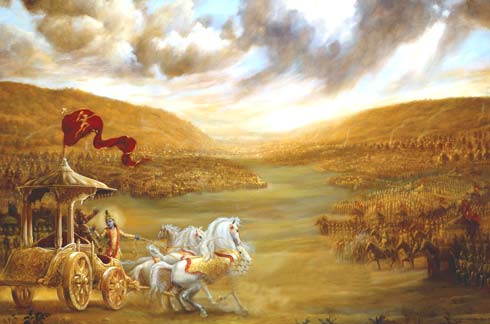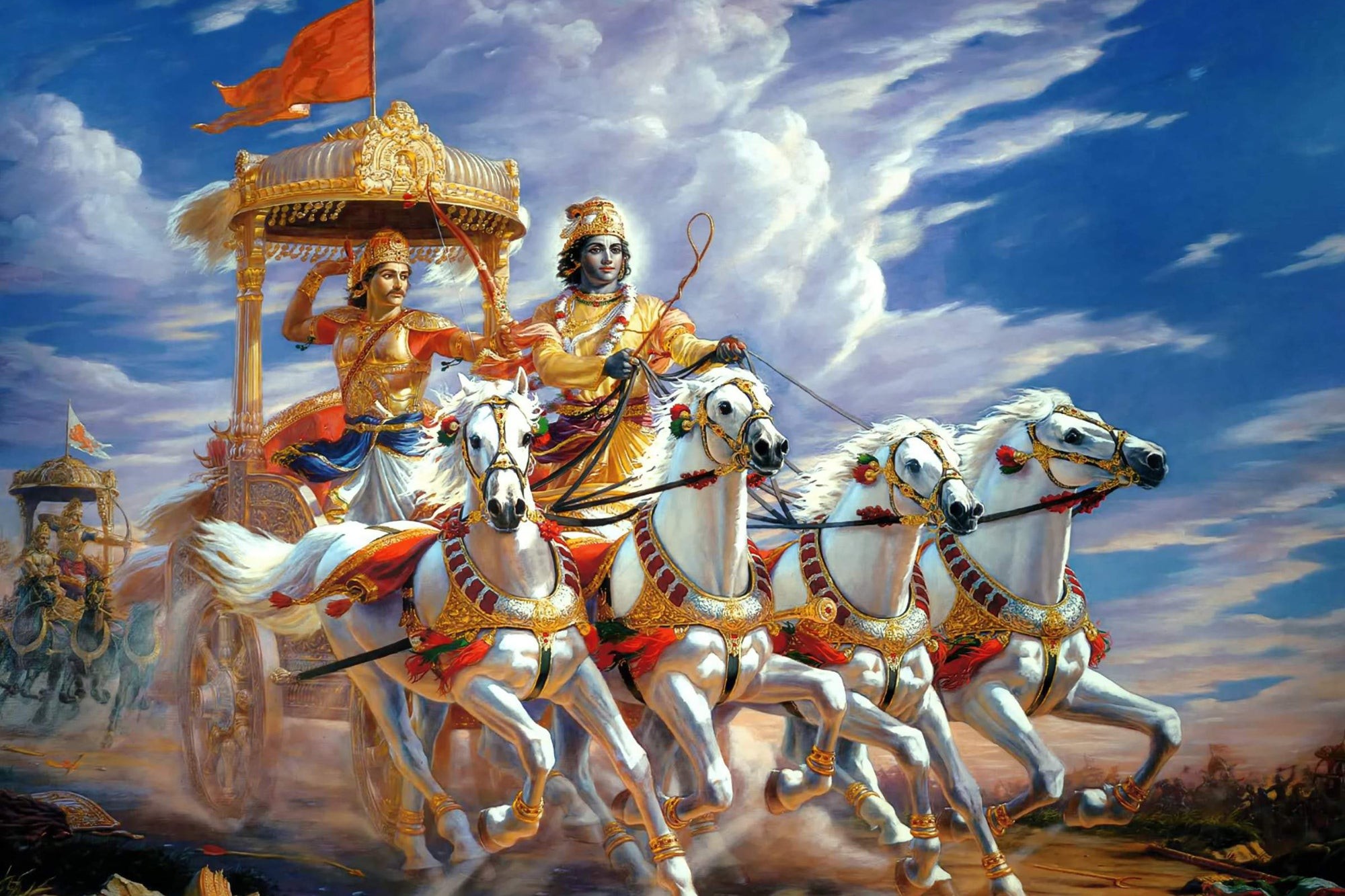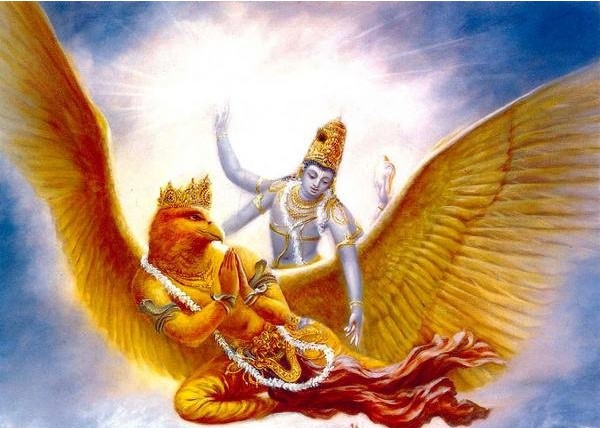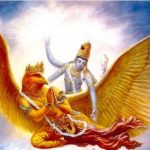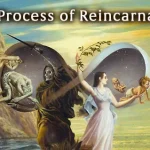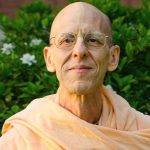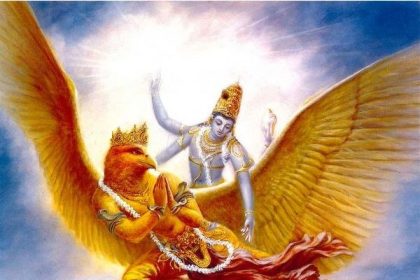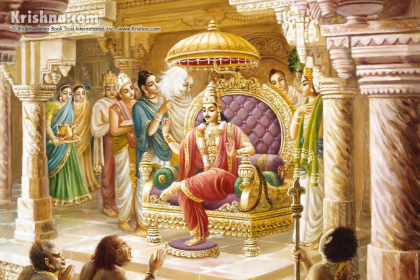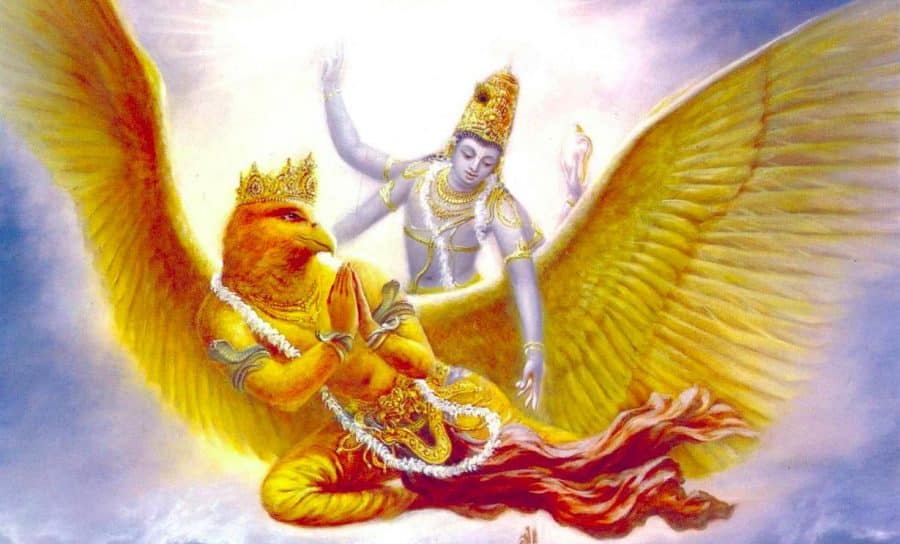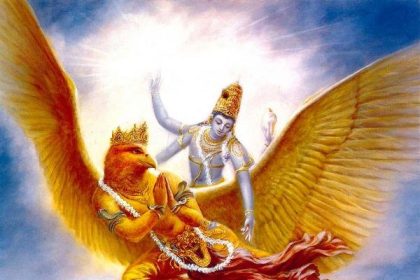Later, as Lord Brahma was conversing with Shrila Vyasadeva, he spoke as follows: The devotee who follows the following daily routine, without break, is sure to achieve enlightenment in this very life.
One should wake up at the end of night, before the sun has risen and immediately begin to meditate upon the Supreme Lord, Vishnu. After passing stool and urine, a devotee should bathe in the pure water of a river because bathing in the morning absolves one of all sins. The wise have declared that a morning bath causes fruition of all of one’ s activities.
While soundly sleeping, a person becomes contaminated in various ways. Therefore, one should not begin any activity without first of all bathing in the morning. A morning bath removes sins resulting from poverty, illness, the effects of bad dreams, and evil thoughts. One should never begin his morning religious performances without first having bathed.
If a person is indisposed and weak, he can bathe without touching water to his head, or by wiping his body with a wet cloth.
Purificatory baths are of six types—Brahma, Agneya, Vayavya, Divya, Varuna, and Yaugika. A Brahma bath entails sprinkling one’s body with water from a bunch of kusha grass while chanting mantras and then wiping it with a cloth.
Smearing the body with the dust of dried cow dung is an excellent form of bath called Vayavya. Bathing in the rain when there is sunshine is called a Divya bath. Plunging into the water of a lake or river (or artificial body of water) is called a Varuna bath. A Yaugika bath involves meditation upon the Paramatma while mentally bathing.
For brushing one’s teeth, one should select a twig from one of the following trees—bilva, karavira, apamarga, malati, ashvattha, or udumbara. One should face east or north while brushing his teeth. After brushing, one should wash the twig and throw it away in a clean place. After bathing and performing achamana, one should perform tarpana (the offering of water to the demigods and forefathers).
After this, achamana should be performed once again and then one should chant the Gayatri mantra. Thereafter, one should sit down to practice his form of yoga, whether it be mystic yoga or bhakti yoga.


